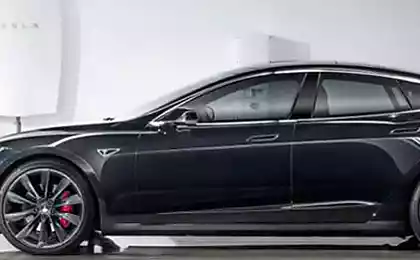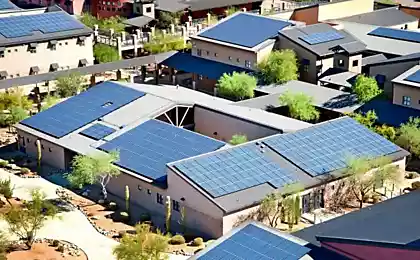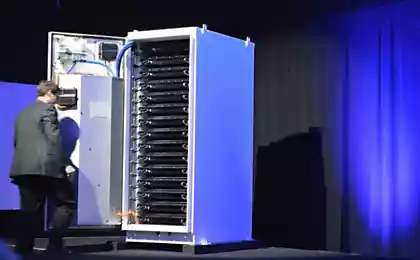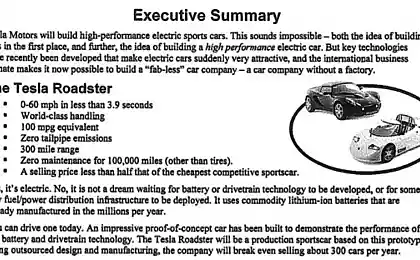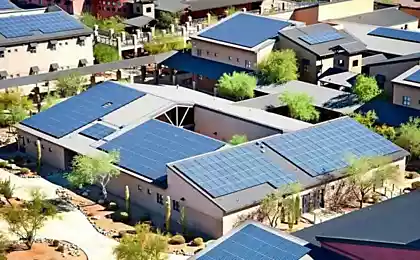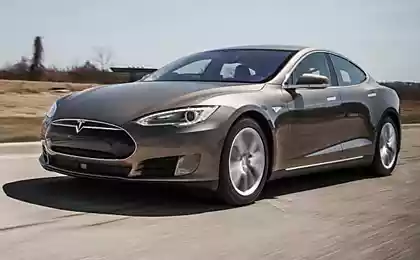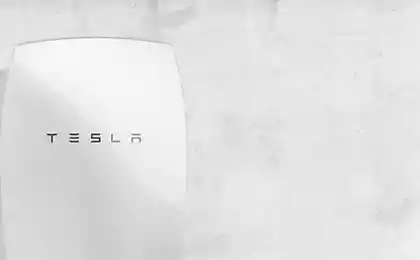1481
How many actually are homemade Tesla battery and if all batteries are created equal
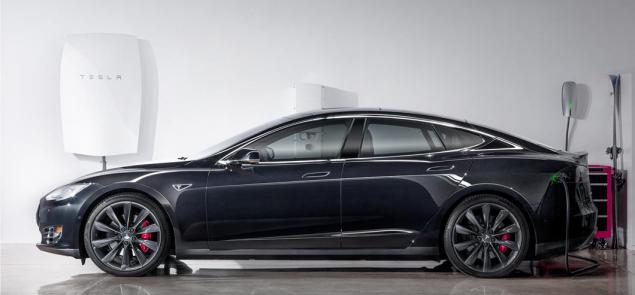
After a loud announcement Telsa battery systems for homes, businesses and the world, in comments to the relevant publication repeatedly asked questions and there were disputes as in fact these are presented to the public of the battery.
Confusion occurred because different sources in addition to the most announced at the presentation of the price: $ 3000 / $ 3500, and known as quite different: for example, $ 5000 or $ 7140 co reference to Блумберг or even $ 13,000, which were mentioned in the news before the official announcement, such as The Guardian .
So how much are they really?
Battery «Tesla Powerwall» h4> The answer is really simple: batteries when buying directly from Tesla worth $ 3000 for 7 kWh and $ 3500 for the 10 kWh model respectively. As it was announced in the official announcement.
For the money the client receives:
- itself lithium-ion battery of high capacity;
- built into it the electronic control circuitry of the charge / discharge responsible for the safety and durability of elements, in particular to prevent too deep discharge, overcharge, limiting the maximum allowable charge and discharge currents;
- temperature monitoring system elements and forced liquid cooling in the event of excessive heating;
- waterproof and insulated housing, allowing installation of the street on the outer wall of the house or other construction.
Another point often raises questions about the prices: prices quoted do not include any government subsidies or incentives. This is the usual commercial price.
System "turnkey" on the basis of Tesla Powerwall h4> Now, about $ 5000 or $ 7140 called elsewhere.
This is not an offer, Tesla, another company - SolarCity Corp. It is known, also affiliated with Elon Musk, but still they are two different companies. For the price, the customer will receive:
- 10 kWh battery Tesla (self-worth $ 3,500 - see. Above);
- The inverter converts the direct current into alternating battery used in most homes (400v DC == & gt; 110 / 220v AC), worth about 1500-2000 $;
- professional installation and configuration;
- auxiliary materials used in the installation (power cables, cable channels, etc.);
- a contract for the subsequent maintenance of the resulting grid specialists.
Start the installation of such systems is expected this fall.
About $ 13,000 - it was just a rumor that circulated on the market before the official announcement. No evidence of the said amount was not. In the same sources cited other data about the people who received these batteries at its disposal within the framework of a kind of "beta test" before the official announcement and the start of sales on special terms:
$ 1500 + for just $ 15 / month for a lease for 10 years. Total $ 3,300 for the entire period.
It was proposed by the other energy companies cooperating with Tesla: Pacific Gas & Electric, and it included the cost of subsidies for the end customer by the company at a rate of 50%. And there was mentioned the total price of $ 13,000 taken from the rumors, and articles like readers here at GT, as well as foreign sources naturally wondered: how full the cost of $ 13,000 and a subsidy of 50% could get 1500 + 1800 = 3300 $?
The answer is: no, $ 13,000 is just a rumor, but the real value of such a complete system installation and maintenance of approximately $ 7,000. After a 50% subsidy and accounting residual value after 10 years (since the client received it is not the property of, and long-term lease) and receives $ 3300 that was supposed to pay the client.
Not all batteries are created equal h4> One more thing for the cost, which most do not pay special attention. Presented 10 kWh and 7 kWh batteries are not only the capacity and price, but also acceptable modes:
10 kWh battery is positioned as «Backup»: a kind of analogue of obschedomovogo UPS in the event of frequent power cuts, the number of cycles she corresponds to the usual parameters of lithium-ion batteries. Accurate data Tesla does not, but presumably it is 500-1000 cycles to fall below 80% capacity of the nominal value - is typical values for modern lithium-ion cells in the charge / discharge currents in small
While 7 kWh battery is robust "workhorse" that can withstand the huge number of cycles and is designed to be active in alternative energy. For example, in tandem with solar panels or wind generators, or in the absence of its own generators for charging circuit every night at the lowest possible tariff and use of energy from the battery all the rest of the day. Terms and conditions 10 year warranty on it, include the possibility of permanent daily cycles, ie, involve up to 3500 cycles covered by the warranty. Estimated average life service on domestic experiments Tesla while still substantially more likely - or just splurge on the company replaced a large number of batteries under warranty.
The essential difference in the unit cost of batteries is due precisely these differences:
3500/10 = 350 $ / kWh
3000/7 = 428 $ / kWh
It is not clear due to what is achieved by the difference of the resource. Theoretically, there are 2 main options:
- batteries used in lithium-ion cell types, even at the stage of design and production are optimized in one case at the maximum possible capacity, and the other to the maximum number of cycles at the expense of the container;
- cells They use the same, but inside 7 kWh model total capacity of cells is actually significantly higher than the stated capacity (eg about 9 kWh), and their charge-discharge artificially limited built-in electronics to operating "window" of 7 kWh. For lithium-ion batteries, this method can dramatically reduce the wear and tear of the charge / discharge cycles. So if one of the readers will use the cost of these batteries in their calculations (a sudden or even thinking to buy?), This difference is taken into account.
Source: geektimes.ru/post/249942/
Dismantling lightsaber from iFixit: 10 out of 10 on a scale of repaired
The accident "Progress": Chronicle, materiel and version


